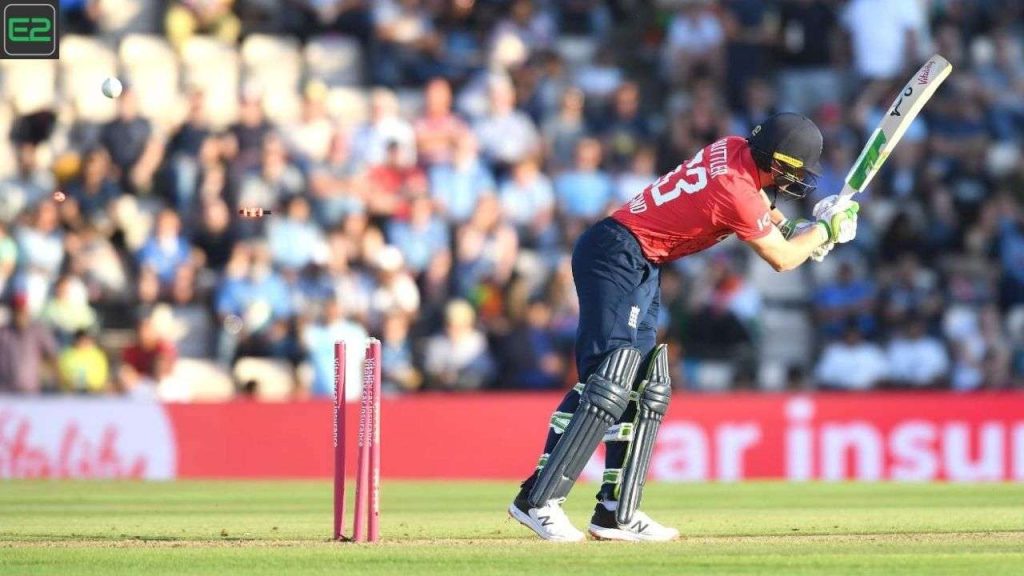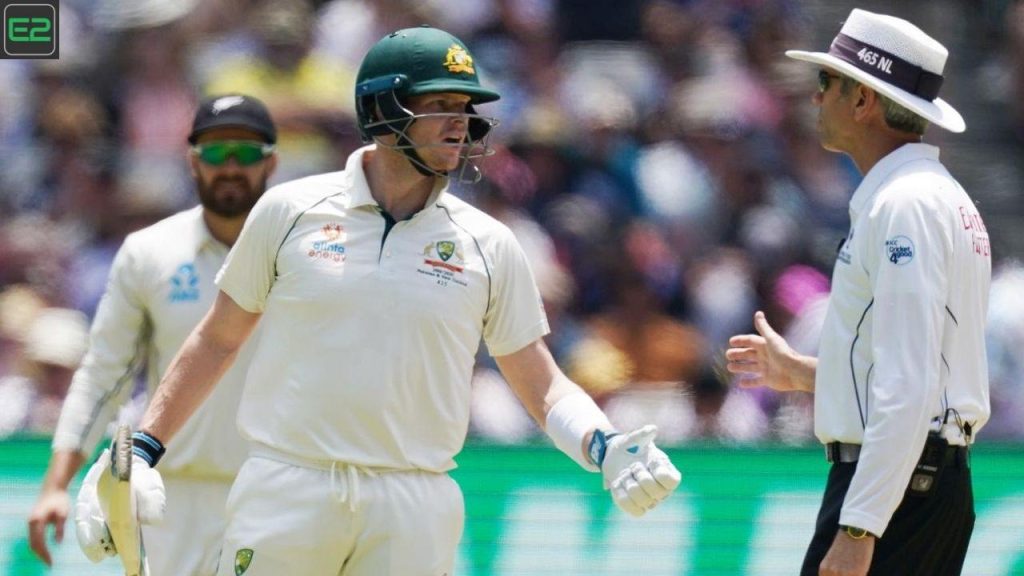Eden Gardens: Eden Gardens, located in Kolkata, West Bengal, is not just one of the most iconic cricket grounds in India but also holds the distinction of being one of the largest cricket grounds in the country by boundary length. With a history that spans over 150 years, Eden Gardens has hosted numerous unforgettable cricketing moments, from historic Test matches to exhilarating one-day internationals (ODIs) and T20 games.
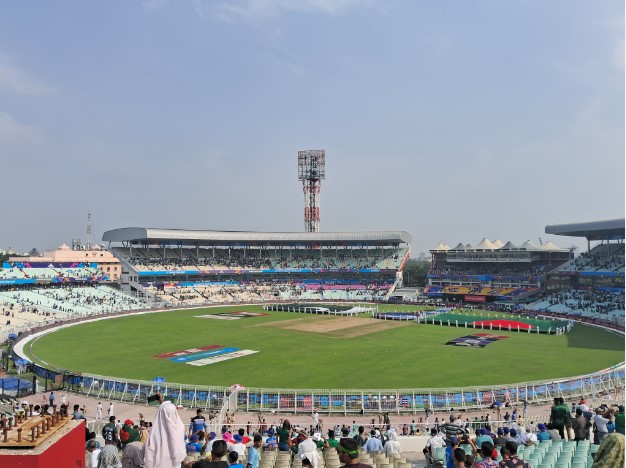
The boundary length at Eden Gardens plays a crucial role in shaping the dynamics of the game, influencing batting strategies, field placements, and overall scoring. We will delve into the boundary dimensions of Eden Gardens, compare them to other major cricket stadiums in India, and explore how the boundary length contributes to the challenges faced by players.
Eden Gardens: Introduction to Eden Gardens
Eden Gardens is one of the most prestigious cricket grounds globally, often referred to as the “Mecca of Indian Cricket.” The stadium is known for its grandeur, with a capacity of over 66,000 spectators, making it one of the largest cricket stadiums by seating capacity. It has hosted several iconic matches, including the 1987 Cricket World Cup final and the 2011 ICC Cricket World Cup semifinal, where India defeated Pakistan. The ground has also been home to several legendary players, including Sourav Ganguly, who is often associated with Eden Gardens for his leadership and memorable innings.
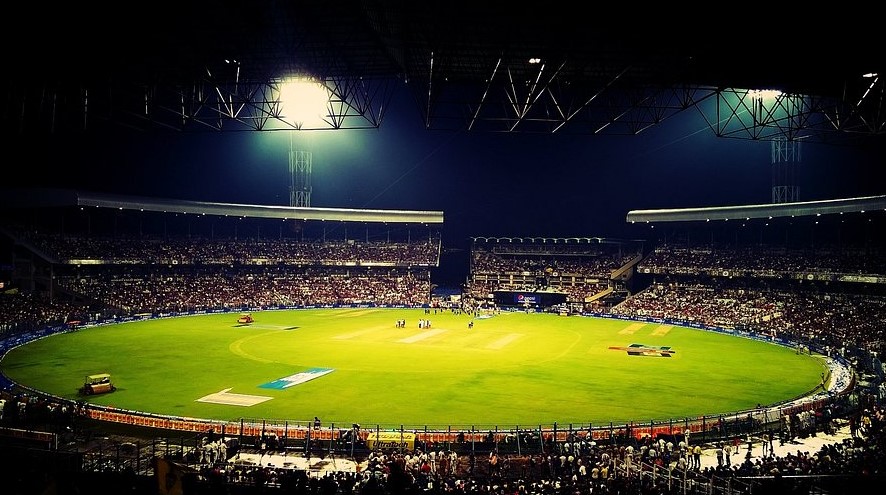
One of the lesser-discussed but equally important features of Eden Gardens is its boundary length. This aspect is particularly significant as it influences how the game is played, offering both challenges and opportunities for players. Whether it’s a towering six or a boundary-saving fielding effort, the size of the ground’s boundary impacts the game’s overall dynamics.
Boundary Length at Eden Gardens
The boundary length at Eden Gardens is considered one of the largest in India, which adds a unique challenge for both batsmen and bowlers. The distance between the center of the pitch and the boundary ropes varies slightly depending on the section of the ground. In general:
- Minimum Boundary Length: 65 meters
- Maximum Boundary Length: 70 meters
These boundary measurements are significantly larger than those of many other cricket grounds in India, making Eden Gardens an even more challenging venue for batsmen looking to score boundaries. The larger the boundary, the more skill and power a batsman must possess to clear it, especially in limited-overs formats like T20s and ODIs where hitting sixes and boundaries is critical.
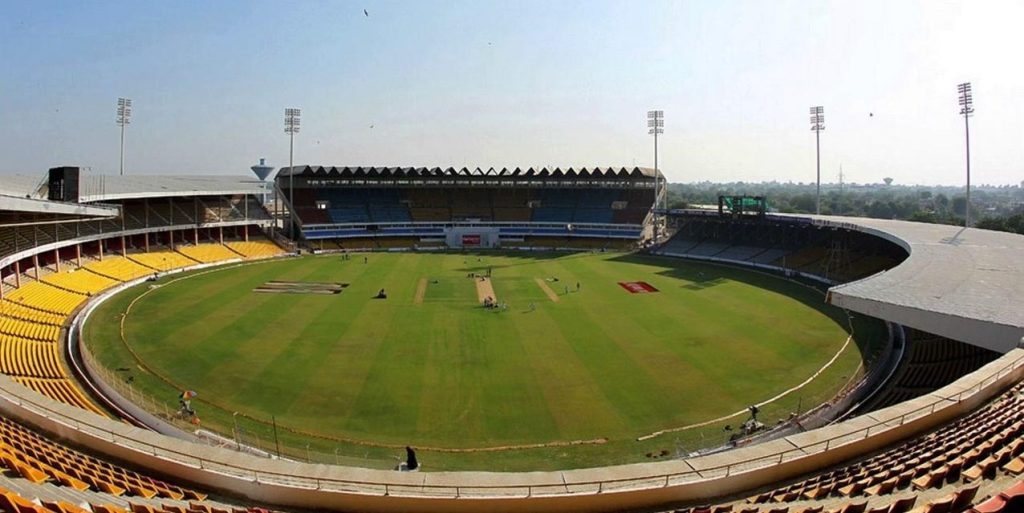
Comparison with Other Indian Cricket Grounds
To better understand Eden Gardens’ boundary length in the context of Indian cricket, it’s useful to compare it to other major stadiums around the country. Many stadiums in India have relatively similar boundary lengths, though Eden Gardens stands out for its larger dimensions.
Here’s a comparative table of boundary lengths at some of India’s most famous cricket grounds:
| Stadium | City | Minimum Boundary Length | Maximum Boundary Length |
|---|---|---|---|
| Eden Gardens | Kolkata | 65 meters | 70 meters |
| Wankhede Stadium | Mumbai | 55 meters | 70 meters |
| M. Chinnaswamy Stadium | Bengaluru | 55 meters | 66 meters |
| Narendra Modi Stadium | Ahmedabad | 58 meters | 70 meters |
| Feroz Shah Kotla | Delhi | 60 meters | 70 meters |
| PCA Stadium | Mohali | 55 meters | 66 meters |
| Rajiv Gandhi Stadium | Hyderabad | 60 meters | 70 meters |
As we can see from the table, the minimum boundary length at Eden Gardens (65 meters) is considerably longer than many other Indian stadiums, where some have a minimum boundary of 55 meters (e.g., Wankhede and M. Chinnaswamy Stadium). The maximum boundary length at Eden Gardens (70 meters) is also among the longest in India, comparable to venues like the Narendra Modi Stadium and Feroz Shah Kotla.
The Impact of a Larger Boundary on the Game
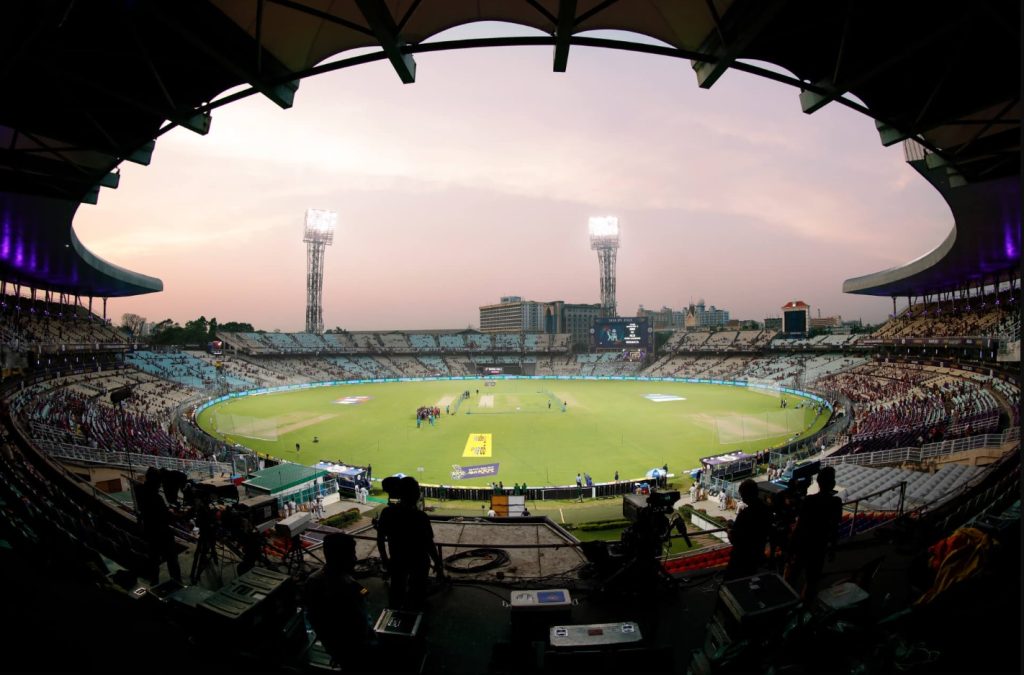
The boundary length has a direct impact on various aspects of a cricket match. For batsmen, hitting sixes becomes more difficult with a larger boundary, and it requires more power, precision, and timing to clear the ropes. On the flip side, bowlers benefit from longer boundaries because there is less risk of easy scoring through boundaries.
Impact on Batting
With a boundary range of 65-70 meters, Eden Gardens presents a significant challenge for batsmen, especially in the shorter formats of the game. In T20 matches, where the emphasis is on big hitting, a boundary this long makes it more difficult for batters to clear the ropes. This, in turn, can affect scoring rates and strategies. Batters may have to work harder for boundaries, opting for placement over power or hitting over the top to clear the long boundary.
Impact on Fielding
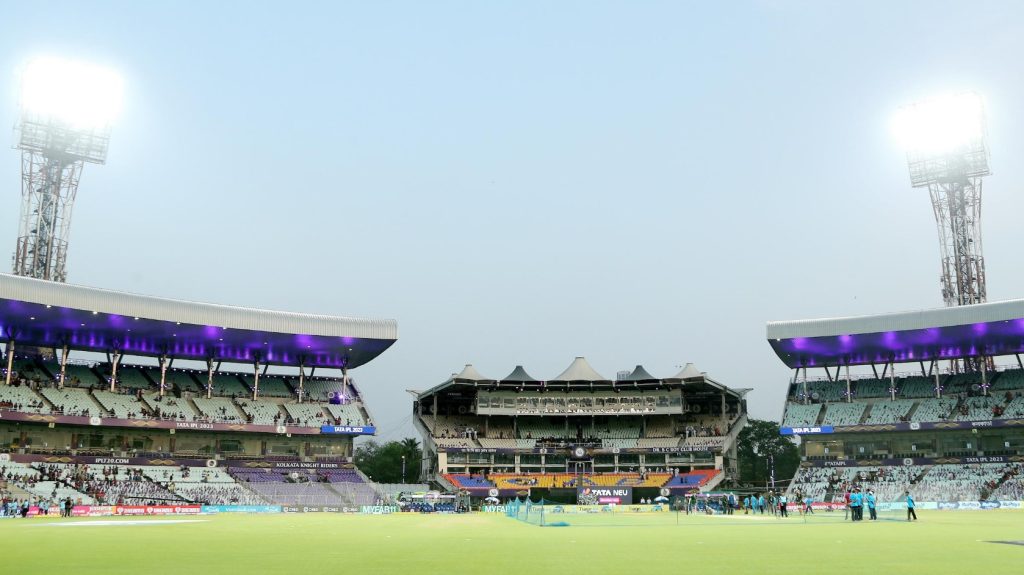
The larger boundary length at Eden Gardens also places additional pressure on fielding teams. To prevent boundaries, captains often place fielders in the deep at various positions around the ground. These fielders are required to cover larger areas, and their ability to cut off boundaries or save runs is a critical part of a team’s defensive strategy. Fielding on the boundary ropes becomes an art form, with fielders needing to position themselves intelligently to prevent the ball from crossing the ropes.
Impact on Bowling
For bowlers, a larger boundary offers several advantages. Fast bowlers can vary their length and line, knowing that they have more ground to work with to get a batter out. Similarly, spinners benefit from larger boundaries as it allows them to focus on accuracy, flight, and deception without the constant worry of getting hit for sixes. Bowlers can employ strategies that work to their advantage, such as using variations in pace and length to tire out the batsmen.
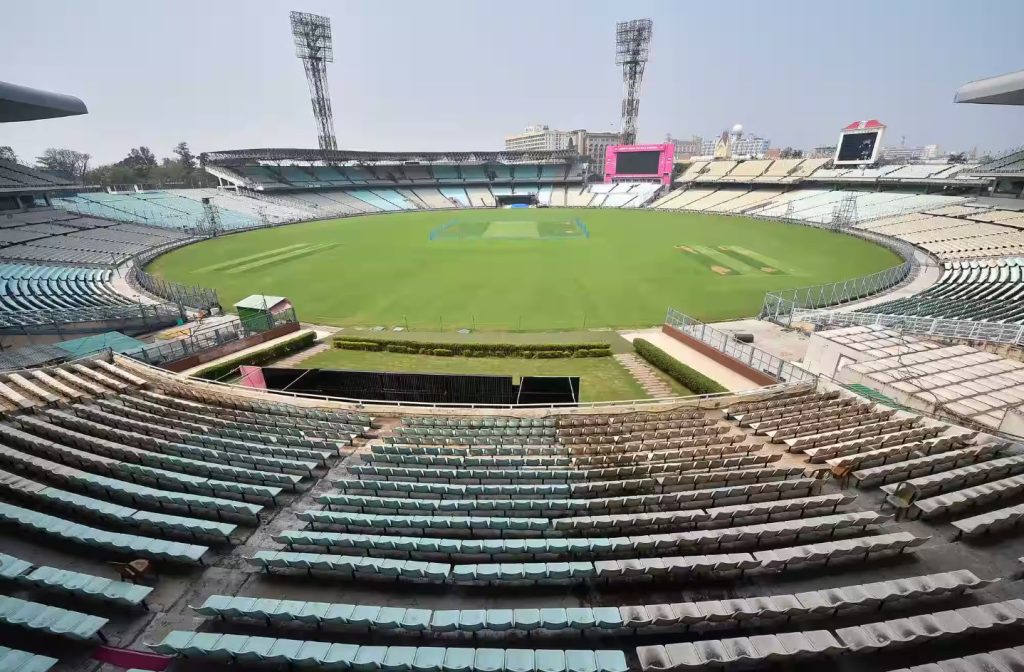
Historical Significance of Eden Gardens
Eden Gardens has been the stage for many historic moments in cricket. One of the most famous matches played here was the 2001 Test match between India and Australia, where India made a historic comeback after following on, led by the legendary partnership between VVS Laxman and Rahul Dravid. More recently, Eden Gardens has hosted several high-profile IPL matches, adding to its rich cricketing history.
The boundary dimensions of Eden Gardens have played a crucial role in several of these iconic matches. In particular, the larger boundary length makes it a more traditional ground, demanding skillful batting and precise fielding. Over the years, the stadium has witnessed several stunning sixes and boundary-saving efforts, further cementing its reputation as a challenging and iconic venue.
Eden Gardens’ boundary length remains among the largest
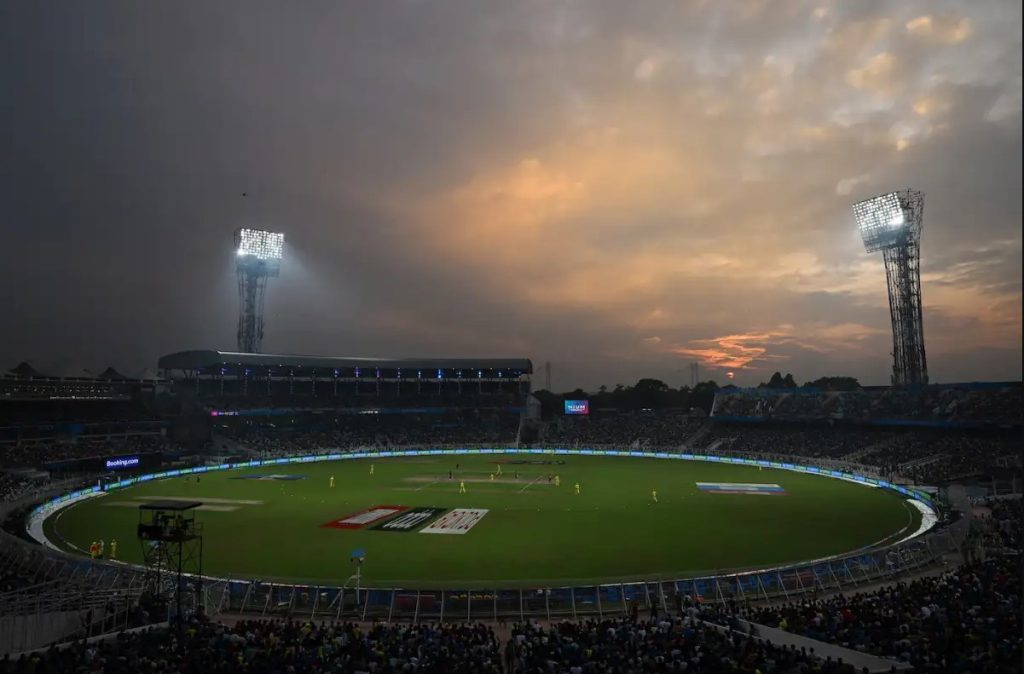
Eden Gardens stands out as one of India’s largest cricket grounds by boundary length, with measurements ranging from 65 meters to 70 meters. These dimensions not only make the ground more challenging for batsmen but also offer advantages to bowlers and fielders. The stadium’s rich history, combined with its large boundary length, adds a unique character to the games played there, ensuring that every match at Eden Gardens is an exciting spectacle.
In comparison to other major Indian stadiums, Eden Gardens’ boundary length remains among the largest, contributing to its reputation as one of the most formidable and thrilling venues for cricket. Whether it is a Test match, ODI, or T20, the challenges posed by the boundary length at Eden Gardens add to the excitement and spectacle of the game, making it a true gem in the world of cricket.
You will have fun playing exciting games on here: E2Bet
Here Are Some Helpful Tips:







